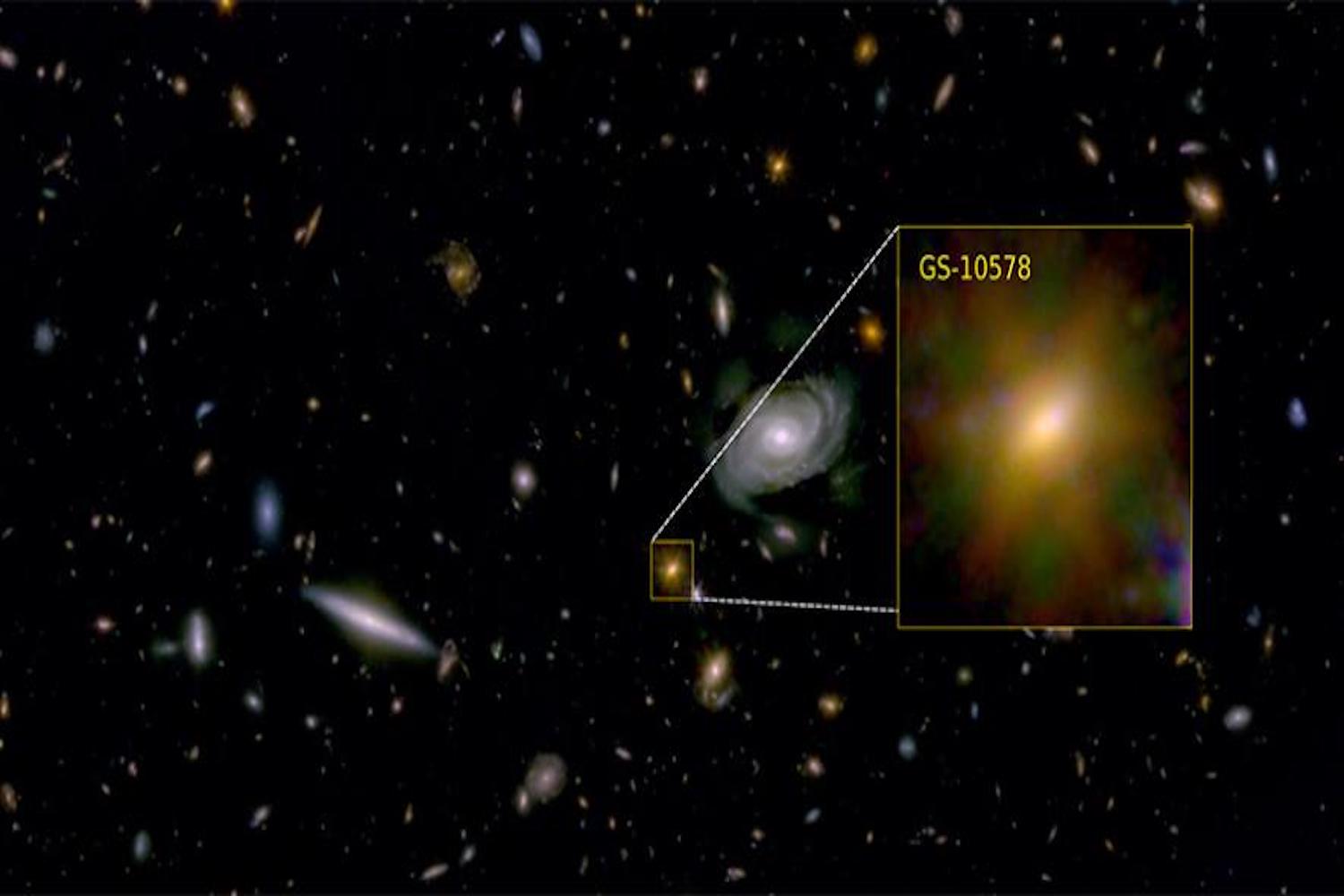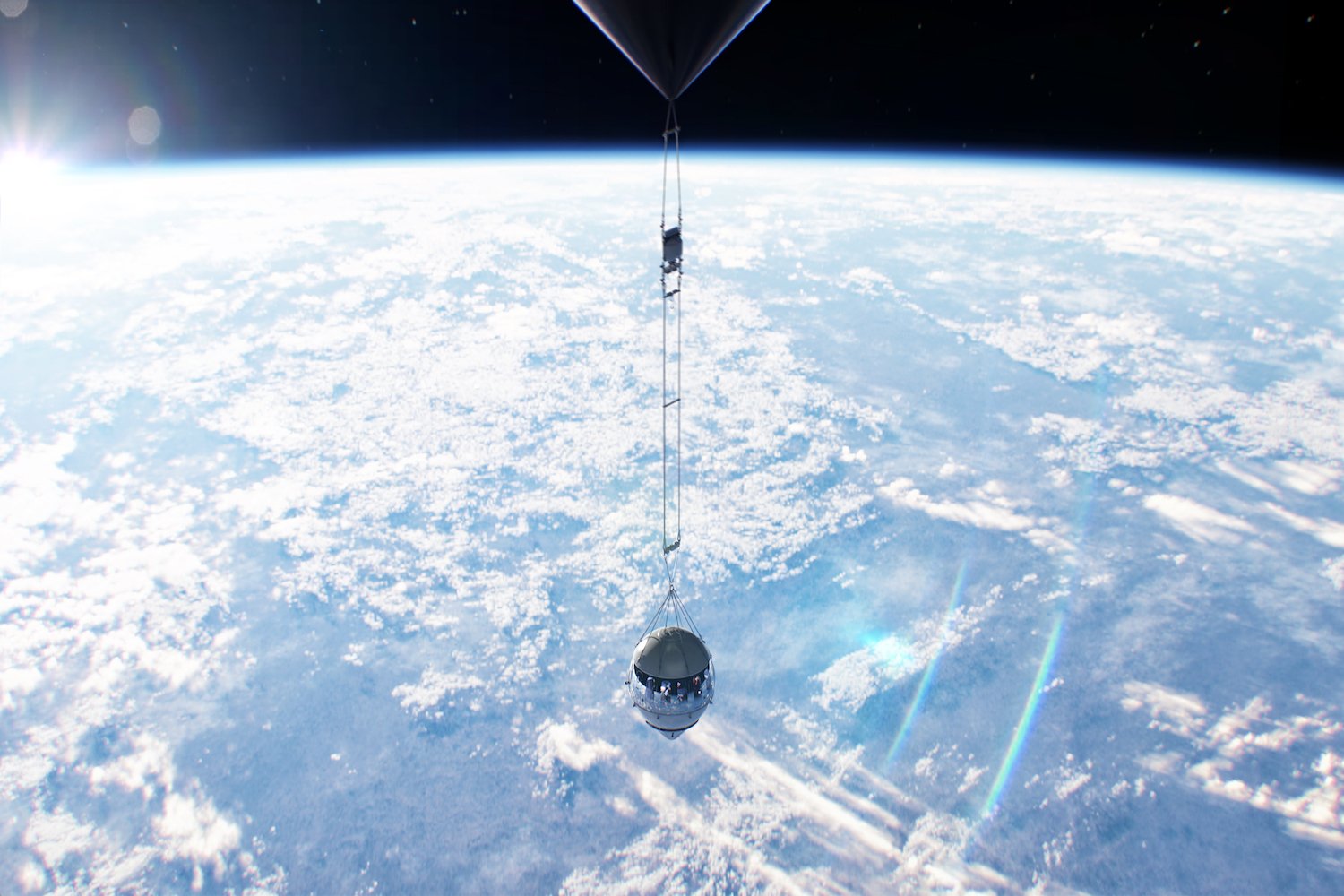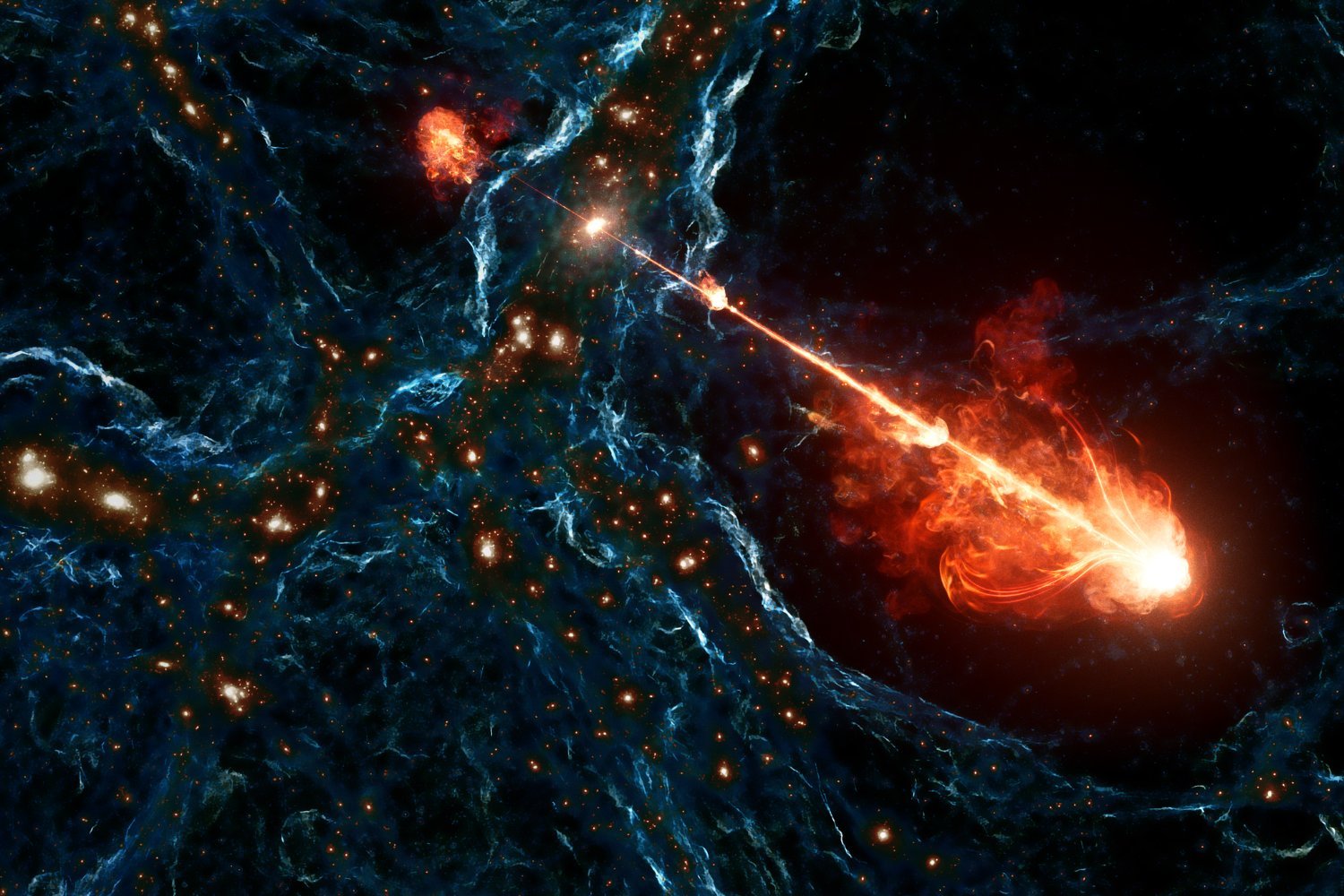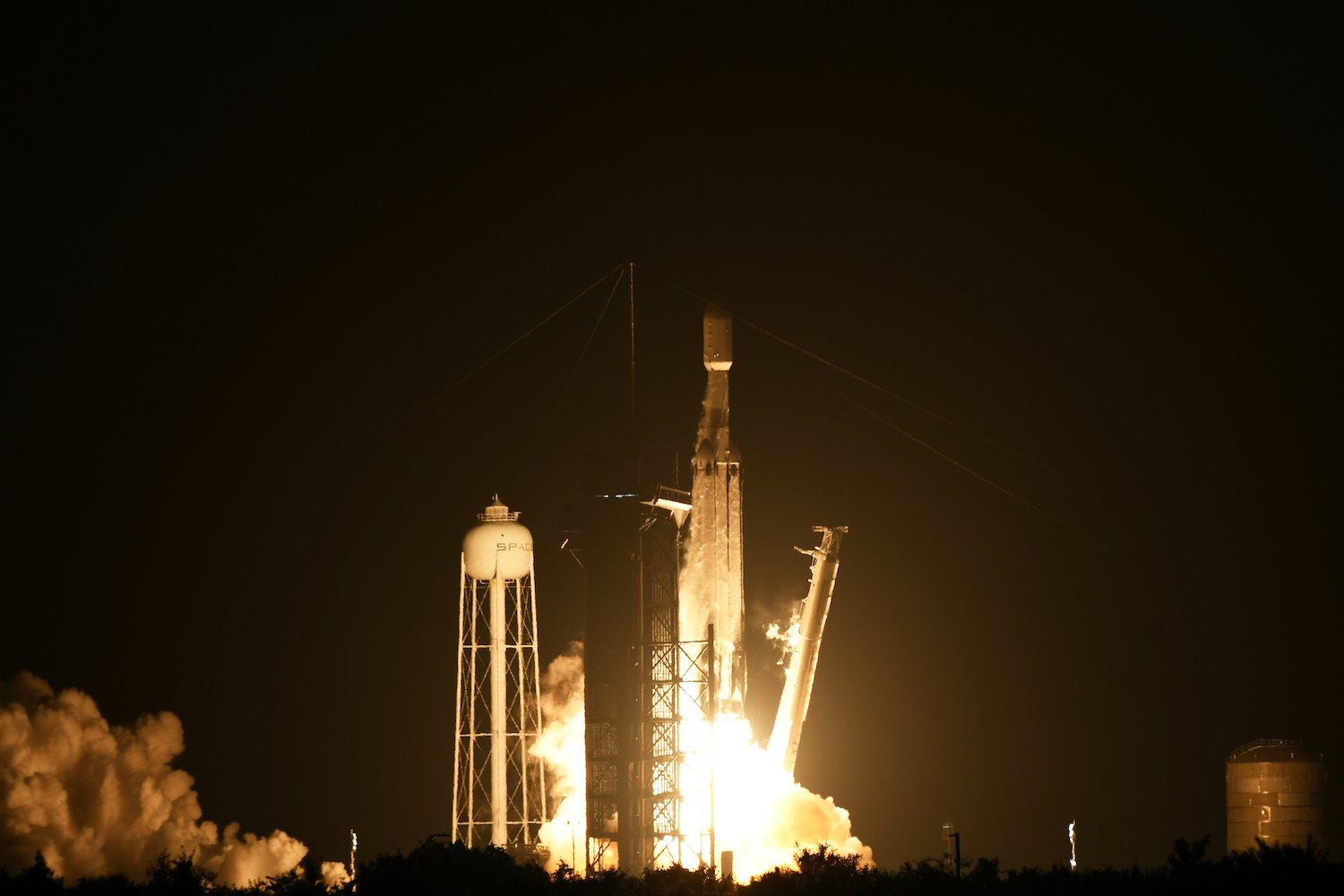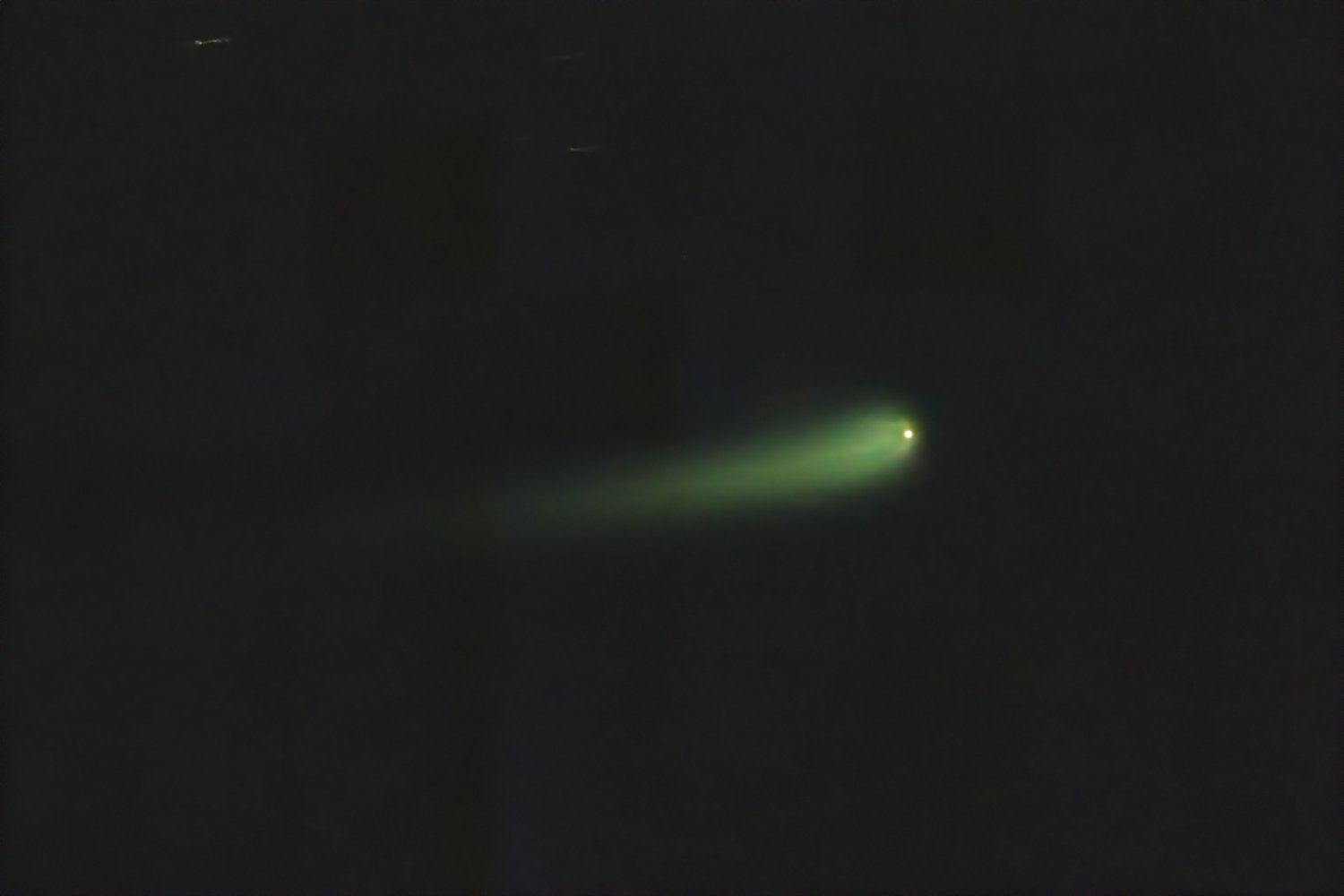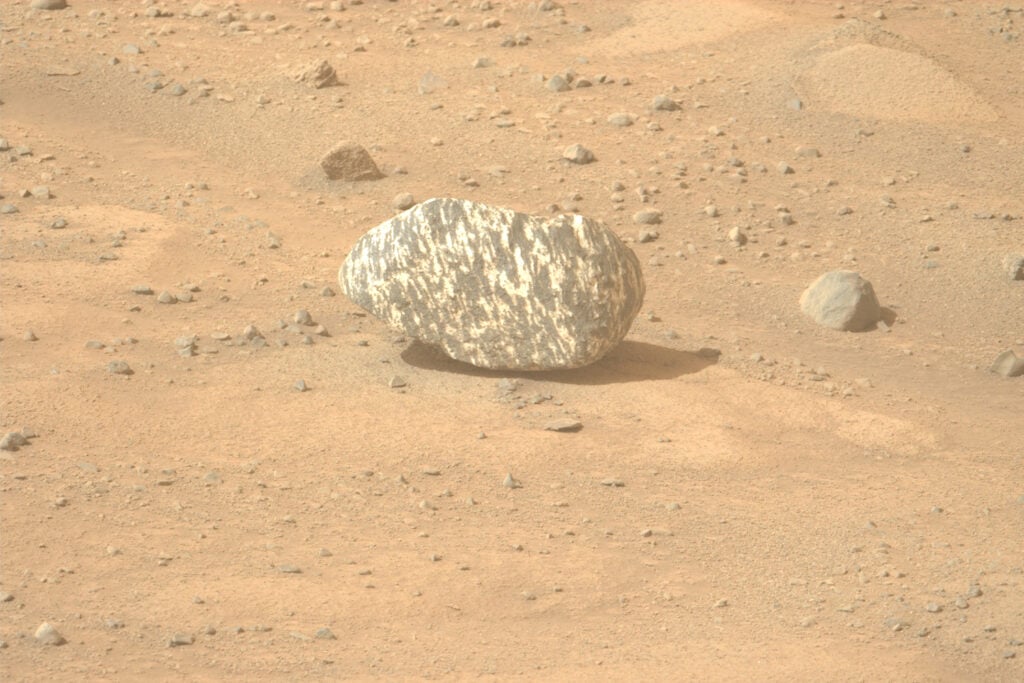A recent discovery using the James Webb Space Telescope (JWST) challenges the long-held belief that galaxies expire in a dramatic cosmic explosion. Instead, observations of a galaxy nicknamed “Pablo’s Galaxy” suggest a quieter demise: starvation by a supermassive black hole. This unprecedented finding offers new insights into the aging process of galaxies and the role black holes play.
The JWST’s Near Infrared Spectrograph allowed astronomers to analyze Pablo’s Galaxy (GS-10578) with unprecedented detail. They measured the speed of expelled gas at approximately 621 miles (1,000 kilometers) per second, a phenomenon commonly associated with black holes. However, the JWST also detected a second, colder, and denser type of gas, invisible to the naked eye. By observing how much light this gas blocked from background galaxies, the team was able to analyze its composition.
Unprecedented Galactic Starvation
This colder gas contained the essential elements for star formation. Crucially, the rate of gas outflow exceeded the galaxy’s star formation rate. This imbalance suggests the supermassive black hole at the galaxy’s center is consuming the very materials needed for new stars, effectively starving the galaxy.
This observation confirms a suspected link between black holes and the cessation of star formation. “Based on earlier observations, we knew this galaxy was in a quenched state,” explains Francesco D’Eugenio, a postdoctoral researcher at Cambridge’s Kavli Institute for Cosmology, who led the study. “It’s not forming many stars given its size, and we expect there is a link between the black hole and the end of star formation. However, until Webb, we haven’t been able to study this galaxy in enough detail to confirm that link, and we haven’t known whether this quenched state is temporary or permanent.” The research, published in Nature Astronomy, provides the first direct evidence of this galactic starvation process.
A Peaceful Decline
Previous models predicted a violent distortion of galactic shape as star formation materials depleted. Surprisingly, Pablo’s Galaxy shows no such turbulence. Existing stars continue their orbits undisturbed, challenging these established models. This peaceful decline offers a new perspective on galactic evolution.
The JWST’s Impact
“We knew that black holes have a massive impact on galaxies, and perhaps it’s common that they stop star formation, but until Webb, we weren’t able to directly confirm this,” says Roberto Maiolino, D’Eugenio’s colleague at the Kavli Institute. This discovery highlights the JWST’s transformative power in studying the early universe and its evolution.
Unanswered Questions and Future Research
While this discovery provides significant insights, questions remain. Could an undetected fuel source explain the lack of chaos despite the apparent starvation? Further research into Pablo’s Galaxy could reshape our understanding of galactic formation and offer clues to the eventual fate of our own Milky Way. The implications of this quiet cosmic end extend beyond Pablo’s Galaxy, potentially rewriting our understanding of the universe’s lifecycle.
link to the original press release about the discovery
link to the original Nature Astronomy paper



